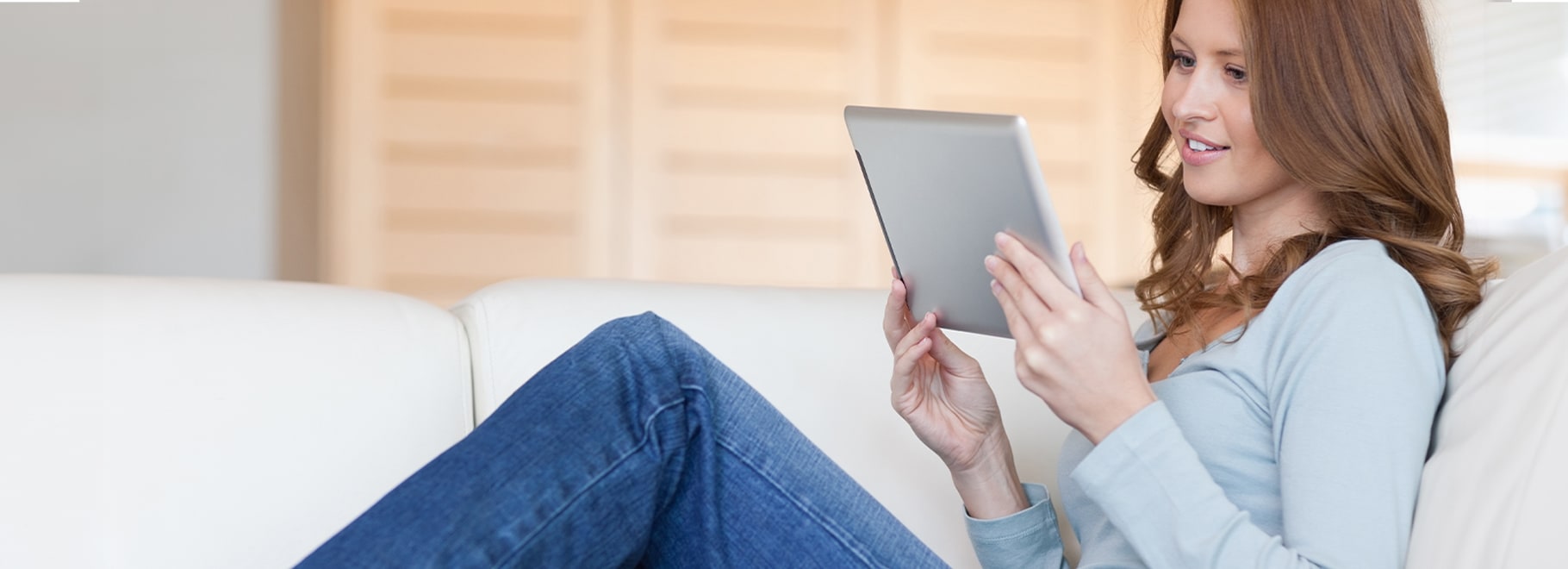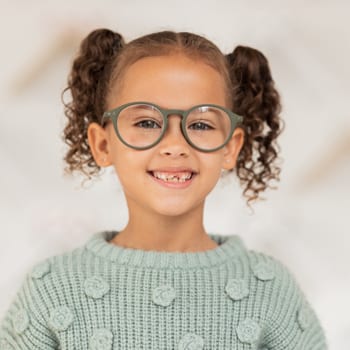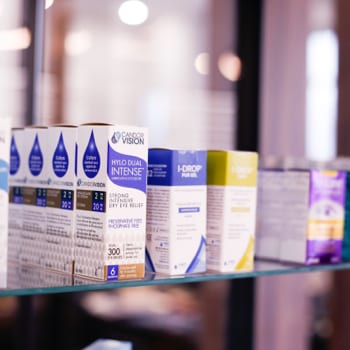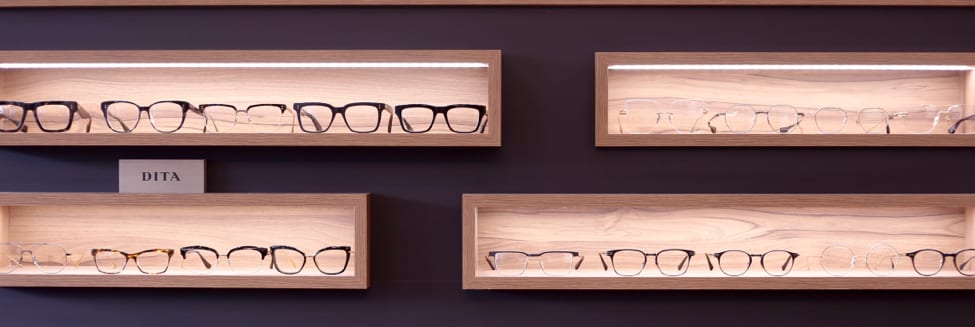Your eyes are crucial to your everyday life, and when something unusual develops, it’s natural to be worried. Floaters, those waving squiggly lines that drift throughout your vision, can sometimes be a sign that something’s wrong. So if you’ve ever experienced an increase in floaters alongside the burning sensations caused by dry eye, it’s normal to wonder if there’s a connection. So can dry eyes cause floaters, or is something else occurring?
While dry eyes and floaters share some underlying causes, one doesn’t cause the other. Instead, they’re both signs that something is abnormal in your eyes. While this can sometimes be harmless, it isn’t always the case. If you ever notice anything unusual occurring in your eyes, visit your optometrist as soon as you can to find out what’s causing your symptoms.
What Is Dry Eye Disease?
Dry eye disease is a common and often chronic eye condition that develops due to an imbalance in your tear film. Either your eyes can’t produce enough tears, or the tears being produced aren’t capable of properly protecting the eyes. This quickly leads to inflammation and irritation as the eye is exposed to the outside air.
Dry eye disease can develop due to:
- Exposure to a smokey, dry, or windy environment
- Natural age-related changes within the body
- Medical conditions, like rheumatoid arthritis and diabetes
- Certain medications, including antihistamines and antidepressants
- Prolonged contact lens usage
No matter the cause, the result is the same; the eyes struggle to produce the tears needed to protect themselves. You’ll begin to notice dry, burning, and gritty sensations that can quickly affect your quality of life.
What Are the Symptoms of Dry Eye Disease?
Recognizing the symptoms of dry eye disease is the first step toward getting treatment. Often, the first sign is inflammation and irritation—it often feels as though there’s something small trapped underneath your eyelid, easily irritating your eyes.
Dry eye disease also causes:
- Redness in the eyes
- Sensitivity to light
- Blurry vision
- Difficulty wearing contact lenses
- Excessive tearing
- Eye fatigue
If you experience any of these symptoms regularly, then it would be suggested to have your eyes examined by an optometrist.. These are all indications that your eyes are struggling to properly protect themselves, and that they need some help.
What Are Eye Floaters?
If you’ve ever looked at a bright background like a white wall and noticed a small speck—like a tiny squiggly line—floating throughout your vision, you were probably noticing an eye floater. These are generally harmless; they’re just a part of the natural aging process.
Eye floaters often appear as:
- Dark specks that move as you try and focus your eyes
- Transparent strings that drift away when you try to zone in on them
- Small bits of debris
Eye floaters develop when the vitreous, the gel-like substance in your eyes, begins to shrink and pull away from the retina. As it does so, microscopic fibers within the vitreous clump together and cast shadows on the retina, causing you to see floaters. Light can’t properly pass through the eye; these floaters obstruct it and become easily noticeable whenever you look at something bright.
While most eye floaters are harmless and don’t require treatment, if you suddenly notice an increase in their number or size, it could be a sign of something more serious (retinal hole/tear/detachment needs to be ruled out by your eye doctor).
Are Dry Eyes and Floaters Related?
Both dry eye disease and eye floaters often develop due to age-related changes within the eye. However, it’s important to note that one of these conditions doesn’t cause the other; instead, it’s a sign that there’s an underlying problem within your eyes.
Eye floaters often develop due to:
- Eye infections
- A recent injury near the eye
- Trauma
- Uveitis (eye inflammation)
Usually, these conditions are all treatable. However, there are some signs that you need immediate medical attention.

When Are Eye Floaters an Emergency?
A sudden increase in eye floaters can be a sign of something severe, like retinal tear/detachment or an internal hemorrhage. Keep an eye out for:
- A sudden increase in the number of floaters
- Flashes of light in your vision
- A shadow or curtain effect over part of your field of vision
- Sudden loss of peripheral vision
- Eye pain or discomfort
In these cases, immediate treatment is crucial to preserve your vision. Always consult with your optometrist if you notice a sudden increase in floaters. If you ever experience pain or severe discomfort, immediately seek medical attention.
What to Do if You Have Eye Floaters
If you notice eye floaters and no other symptoms, it’s likely not an emergency. It’s often just a simple age-related change. However, if you’re ever worried or unsure, make a point to visit your optometrist as soon as you can.
During a comprehensive eye exam, your optometrist can thoroughly check your eyes to determine what’s causing your symptoms. Modern day ultra wide field retinal imaging and photos can be used with and without dilation to assist in making sure the retina is not at risk. Whether you’re dealing with floaters, dry eyes, or a combination of the two, your optometrist will be able to find the underlying cause and recommend the right type of treatment. Just remember, if dilation or imaging is recommended by your eye doctor, it’s usually for your best ocular/eye health interests.
When to See Your Optometrist
Your eyes are crucial to your quality of life, so don’t put them at risk. If you’re ever noticing anything unusual, come talk to our team at Foresee Eyecare. We can intervene and find out what’s causing your symptoms to help you maintain your vision. Book an appointment with us today, and let’s work together to keep your eyes healthy and your vision clear!




















